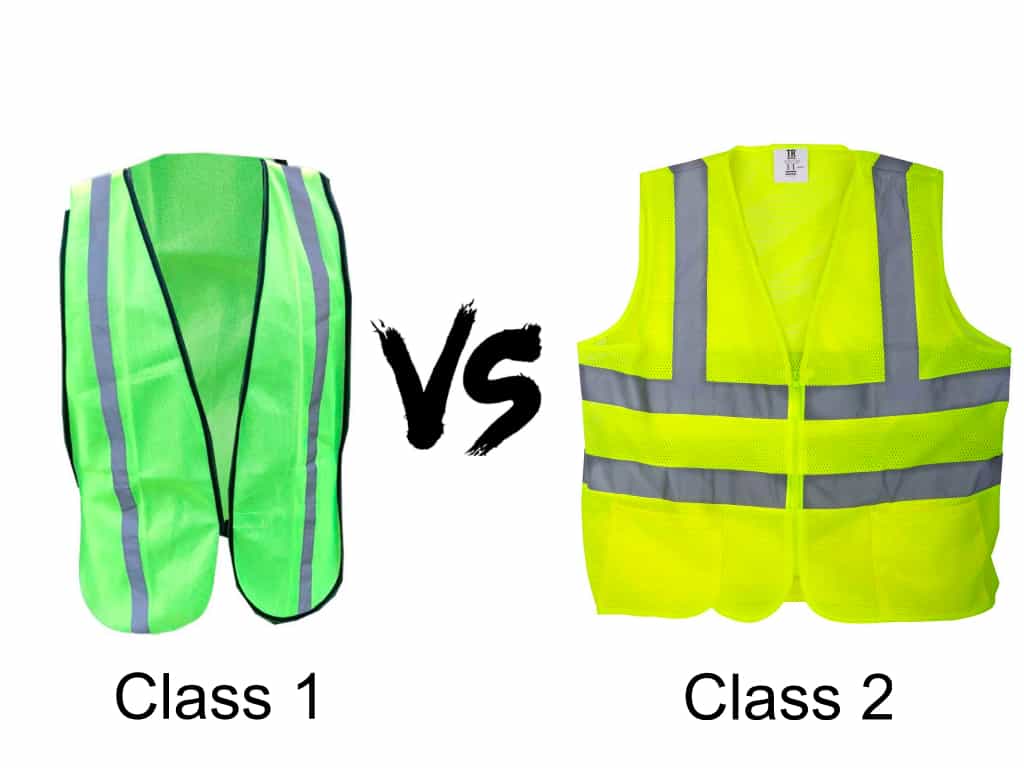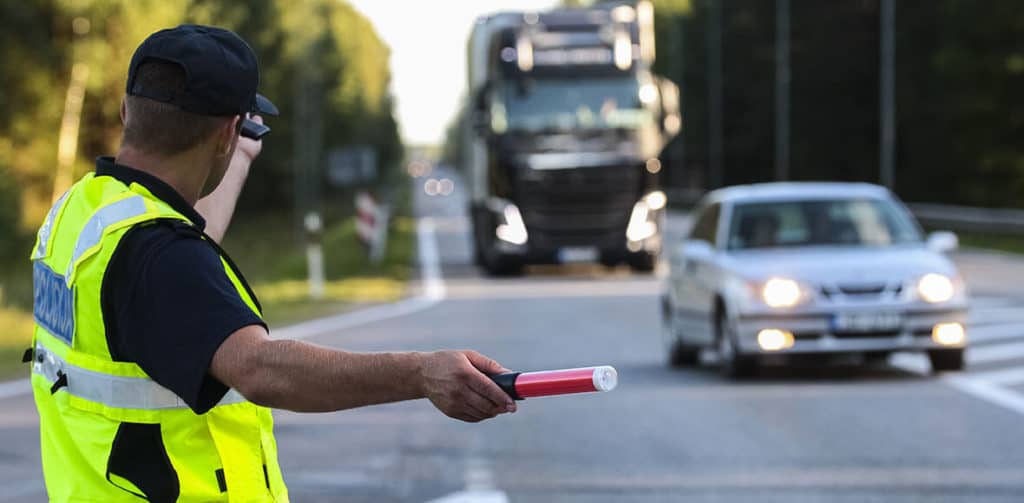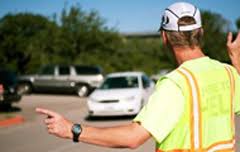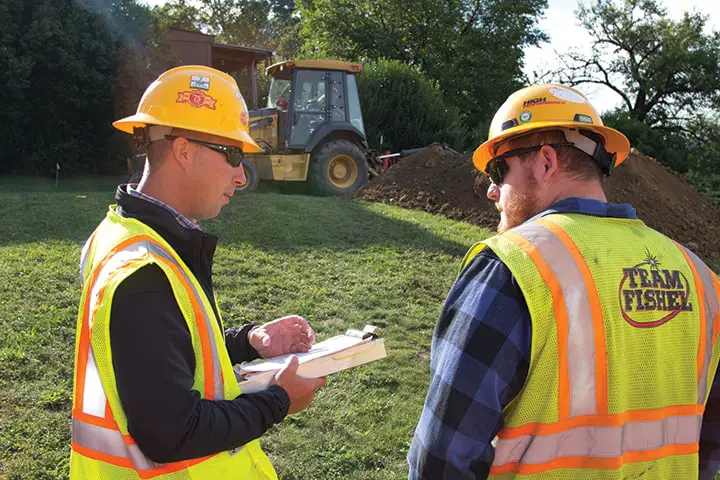Be it on-site work or road-side work, there are more than 25,000 reported cases of accidents or hazards since the past 10 years!

And the most cases are reported on hit by an object or moving vehicle for not being noticed.
So, being visible to others while at work is most crucial to be saved from all potential dangers and this can only be achieved if you wear a safety vest.
But then there are different classes of safety vests meant for specific purposes. For example a class 1 safety vests serves different purposes than a class 2 safety vest. Both are not the same and you should be well aware of the particular class of safety vest you need for your work.
Both class 1 and class 2 safety vests are without sleeves and the basic difference in them lies in the measurement of reflective tapes used in them. According to ANSI standards, while class 1 safety vests should have a minimum of 155 square inches reflective tape, it should be of 201 square inches in case of class 2 safety vests.
So, today in this article I am going to analyze the differences between class 1 and class 2 safety vests and enable you to make the right choice for your safety!
What is a class 1 safety vest?
Class 1 safety vests are meant for workers who are at the lowest risk level in their work places. To be more precise, class 1 safety vests should be worn by workers who work at a safe distance from the roadways.
The traffic in these areas should not be more than 25 mph. According to ANSI standards, class 1 safety vests should have a minimum of 155 square inches reflective tape around the waist and shoulder set against a fluorescent yellow or fluorescent orange background.
An example of where a class 1 safety vest should be worn is a side walk repair in residential areas and on-site work far away from the roadside.

What is a class 2 safety vest?
Class 2 safety vests are meant for workers who are potentially at a high risk of accidents from traffic over 50 mph. so, the required reflective tape as set by ANSI standards is also high and is 201 square inches of reflective strips around the waist, chest, shoulders and back thus intending 360 degrees visibility.
The background fluorescent material also requires to be of 775 inches. Workers who need to wear class 2 safety vests are airport crew, traffic guards, survey crews, workers dealing with falling and rolling objects, etc.
Features of Class 1 and Class 2 Safety Vests
Moving on to the features of class 1 and class 2 safety vests, they have the following specifications as set by ANSI standards:
Class 1 safety vest features:
-
-
- The reflective tape should measure 155 square inches and should run through the waist and shoulders and the back thus providing 360 degree visibility.
- To be more specific the reflective tape should either be 6.46 linear feet of 2 inches or it should be 9.39 linear feet of 1 3/8 inches.
- It should be wrapped 360 degree around the waist and above each shoulder.
-
Class 2 safety vest features:
-
-
- The reflective tape should measure 201 square inches and should run through the waist and shoulders and the back thus providing 360 degree visibility.
- To be more specific the reflective tape should either be 8.373 linear feet of 2 inches or it should be 12.2 linear feet of 1 3/8 inches.
- It should be wrapped 360 degree around the waist and above each shoulder.
-
Jobs where class 1 and class 2 safety vests can be worn
 Class 1 safety vests:
Class 1 safety vests:
-
-
- Workers of toll gates
- Parking attendants
- On-site workers
- School security guards
- Delivery drivers
-
 Class 2 safety vests:
Class 2 safety vests:
-
-
- Surveyors
- Engineers
- Traffic guards
- Forestry
- Law enforcement officers
- Airport ground crews
- Construction workers
- Police
- MES workers
- Truckers
-
Material of class 1 and class 2 safety vests:
Talking about the material, there is no such difference in terms of the fabric used in both the classes of vests. Both class 1 and class 2 safety vests are made of light weight polyester fabric. Some even have breathable mesh woven in them which allows air to pass freely and you feel comfortable in them all day long.
Durability of class 1 and class 2 safety vests:
Safety vests have mention in them in the care labeling instructions about the number of washes it can withstand. Generally, it is not less than 50 washes. So, once you have washed the safety for the mentioned number of times in the care label, you should know it’s time for you to discard the vest as it would have faded all its colors and would be no more fit to provide you the visibility and hence safety.
What is Class 2 high visibility vest?
Class 2 high visibility vest is the same as the class 2 safety vest.
According to ANSI, Class 2 high visibility safety vests are the ones that are designed to draw the attention of the approaching traffic to the wearer in work places with traffic between 25 mph to 50 mph.
What size safety vest should I get?
The following table will help you check your exact size for the safety vest:
| Vest size | Chest size (in inches) |
| XS | 36”-38” |
| S | 40”-42” |
| M | 44”-46” |
| L | 48”-50” |
| XL | 52”-54” |
| XXL | 56”-58” |
| XXXL | 60”-62” |
| XXXXL | 64”-66” |
How to measure your chest size?
In order to measure the size of your chest, just take a measuring tape and run a circle of the tape across the broadest and the most raised portion of your chest area and then measure the inches in the size chart for your perfect size of the safety vest.
Type R Class 2 safety vest:
Type R safety vests are generally worn by the EMS workers, emergency response personnel, and community response teams to keep themselves visible in low light areas and bad weather conditions.
Type P Class 2 safety vest:
Type P safety vests are worn by police force, fire fighters, EMS, emergency responders and other law enforcement team who require extra conspicuity during both day and night conditions for competing the hazards in work places with high traffic.
OSHA safety vest requirements:
According to OSHA:
“For daytime work, safety vests shall be of orange, yellow, strong yellow green or fluorescent versions of these colors. For night time work, similar outside garments shall be retro reflective. The retro reflective material shall be orange, yellow, white, silver, strong yellow green or fluorescent version of one these colors and shall be visible at a minimum distance of 1000 feet.”
OSHA standard for high visibility clothing:
https://www.osha.gov/laws-regs/standardinterpretations/2009-08-05
Before we bid Good Bye:
It’s time to wrap up our discussion friends!
Hope we were capable of providing the relevant knowledge to you on the differences of class 1 and class 2 safety vests and hope hereafter you will make the right choice of the class of safety vest apt for your job!
Do not forget to read our article on the care and washing tips of safety vests.
Take care, Have a good day and…
Work safely!








